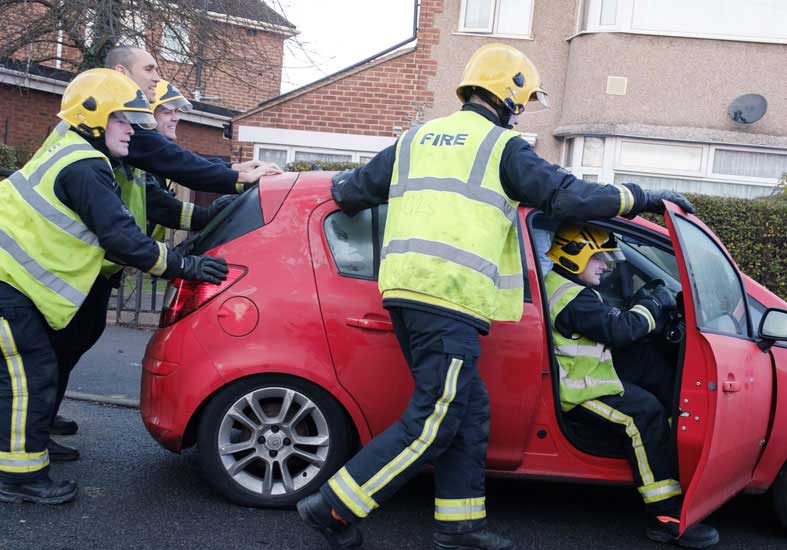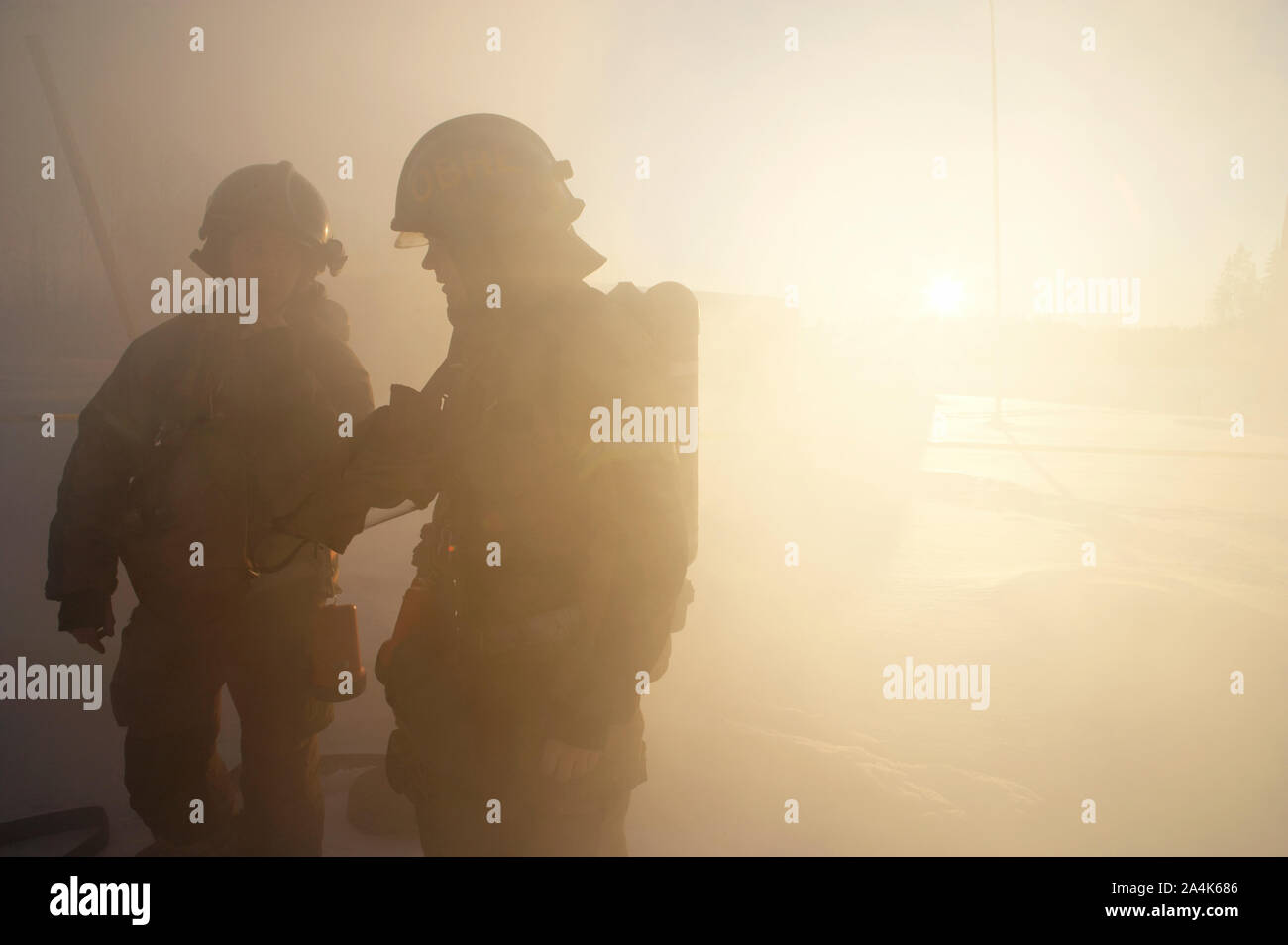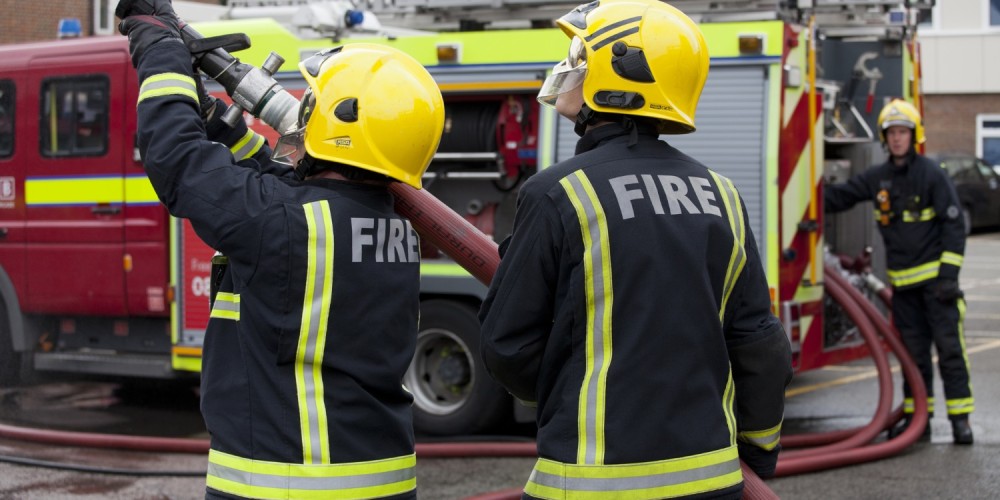Fire safety is an essential responsibility. Using both advanced systems and preparedness programs is the most effective way to mitigate fire risks. Automatic fire suppression setups and emergency readiness programs offer comprehensive safety to reduce damage.
What Are Sprinkler Systems?
Fire protection networks are developed to suppress flames quickly. These systems operate through temperature-triggered nozzles to release water. Fire control devices minimizes water waste, preventing unnecessary damage.

Critical aspects of sprinkler setups include:
- Water release mechanisms: Spray water directly.
- Water transport systems: Support fire suppression operations.
- System monitors: Control the response process.
- Primary water supplies: Provide reliable water sources.
The Importance of Emergency Preparedness
Although sprinklers are highly effective, organized responses is key to comprehensive safety. Fire brigade training equip staff to respond effectively and address complex scenarios.

Primary aspects of team readiness drills include:
- Fire hazard identification: Promoting safety awareness.
- Evacuation planning: Practicing efficient escapes.
- Hands-on fire control: Training in using equipment.
- Emergency collaboration: Encouraging teamwork under pressure.
sprinkler combate a incendio
How Sprinkler Systems and Fire Brigade Training Work Together
Uniting fire suppression tools with trained teams enhances fire response efforts. As sprinklers act as the first line of defense, emergency crews ensure safe operations.

In tandem, these systems limit damage in homes and apartments, offices and businesses, and industrial facilities alike.
Conclusion: Building a Safer Future
Automatic fire systems and emergency drills provide unmatched fire safety. Using these complementary methods ensures preparedness for any fire scenario.
Start improving your fire safety plan now by scheduling fire brigade training. Your safety depends on both systems and skills!